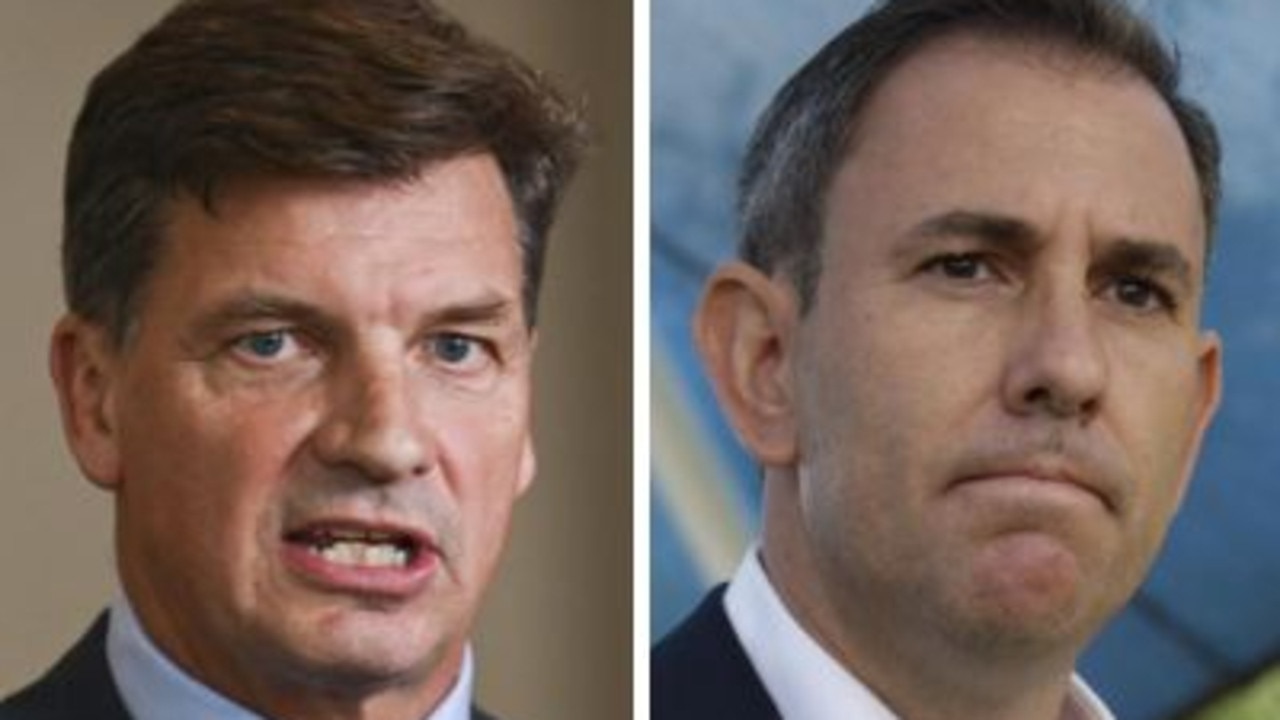The $1.5bn a year hidden budget hit to families
FAMILIES could end up being more than $1.5 billion a year worse off as a consequence of the combined effect of Prime Minister Tony Abbott’s first two budgets.

Fed Budget
Don't miss out on the headlines from Fed Budget. Followed categories will be added to My News.
FAMILIES could end up being more than $1.5 billion a year worse off as a consequence of the combined effect of Tony Abbott’s first two budgets.
Despite the $4.4 billion revamp of the childcare system at the centre of this month’s Federal Budget, an analysis by News Corp Australia shows the savings the government is seeking from family payments considerably outstrip the new money being invested in childcare by about $7 billion over the next four years.
CHILDCARE: Reforms are reliant on cuts to Family Tax Benefits
The Prime Minister and Social Services Minister Scott Morrison have stressed the delivery of a new childcare package will be contingent on the government being able to deliver savings in other areas.

Crusade on family ‘costs’
Cabinet is pushing forward with crossbench negotiations on four controversial changes to family payments — including ceasing Family Tax Benefit Part B when the youngest child in a family turns six and freezing family payment rates for two years — which would save $5.5 billion over the next three years, or more than $8.3 billion over the four years to 2018-19.
Families would lose another $1.6 billion from changes announced in this year’s budget, including stopping so-called ‘double-dippers’ accessing taxpayer funded parental leave, preventing parents who refuse to vaccinate their children from accessing benefits, and ending the large family supplement in the Family Tax Benefit Part A.
And more than $2 billion in savings from changes family tax benefits contained in last year’s budget have already passed the parliament — including reducing the FTB Part B primary earner payment cap from $150,000 to $100,000.

The combined effect means about $7.5 billion less in government assistance will flow to families over the next four years if the government succeeds in getting all of its family payment changes through the Senate, even with the additional investment in childcare.
This does not include the government’s decision to scrap the generous paid parental leave scheme promised at the time of the last election, or the axing of the $1.3bn a year school kids bonus.
$1150 taken from every home
Jo Briskey, executive director or lobby group The Parenthood said a $7 billion net saving in payments to families over the forward estimates represented an average loss of $1150 for each of Australia’s 6.1 million families.
“The government has been telling us this budget is about families, clearly it is not.”
But Social Services Minister Mr Morrison rejected the analysis as misleading and said it did not accurately represent the support the government was providing to Australian families.
“Under the previous government child care fees kept growing, eating more and more into the budgets of families,” he said.
BUDGET 2015: Childcare plan a bonanza for some families
“Our assistance will leave families, particularly on middle to low incomes better off — ensuing they have more choice to get back to jobs and stay in them when they have children and aren’t returning to work simply to pay for child care.”
Opposition leader Bill Shorten seized upon the report, described the Budget as a “hidden hit on Australian families”.
“This is last year’s Budget repackaged to save Tony Abbott’s job,” he said.

Low-income families carry the cuts
Another budget analysis by the Australian Council of Social Services has found around $6 billion in family payment savings would impact low income households most harshly.
ACOSS chief executive Cassandra Goldie said low income families would bear the brunt of the cuts to family payments which have been carried over to this budget.
“While the increased investment in child care is overdue, we must find an alternative way to fund it other than through cuts to low income families,” Dr Goldie said.
“The freezing of indexation payments and reduced assistance to single parent families with older children are particularly concerning and would have devastating effects.”
Originally published as The $1.5bn a year hidden budget hit to families


